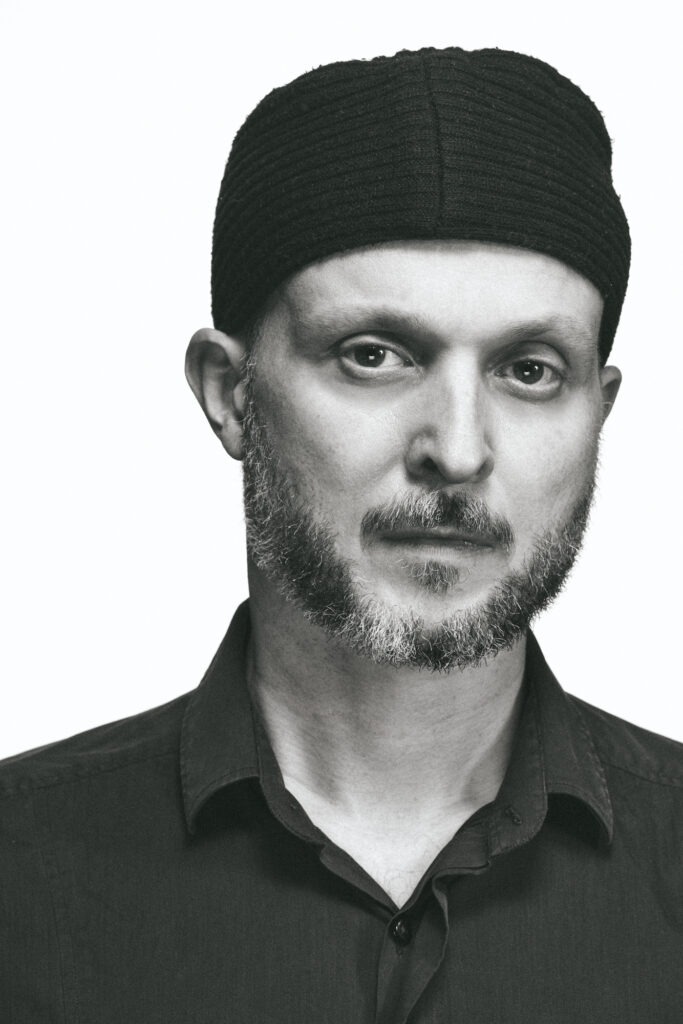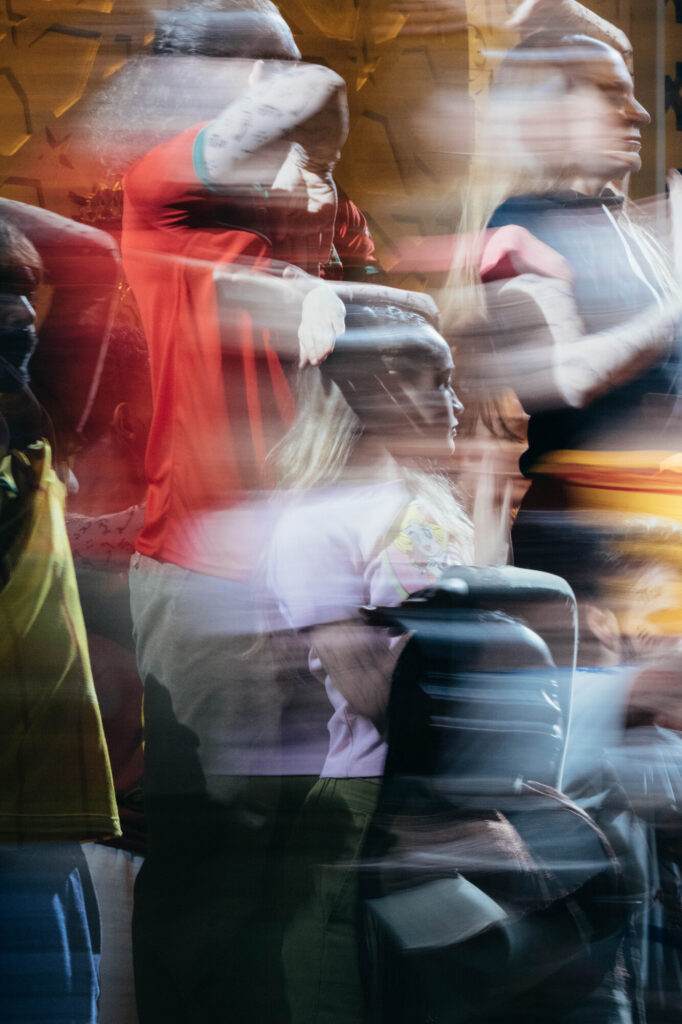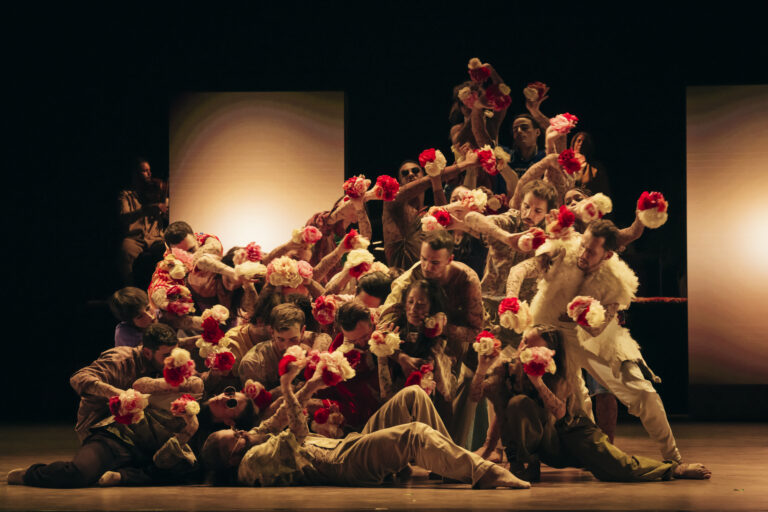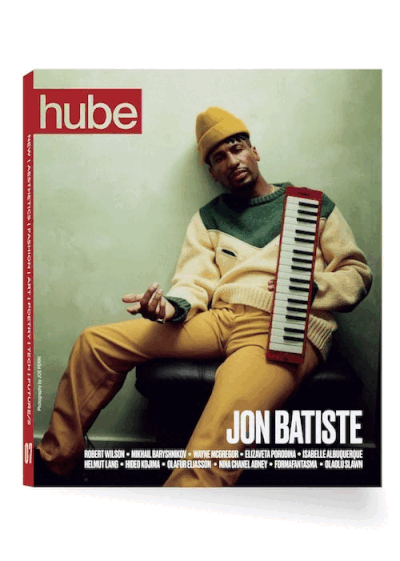

How do you honour what’s been shattered – lives, cultures, memories – without losing sight of the light that remains? In Ihsane, Sidi Larbi Cherkaoui turns the stage into a living mosaic of music, dance, and storytelling, inspired by his father’s legacy and the richness of Middle Eastern culture. Through bold collaborations and personal reflections, he reveals how fragility and resilience intertwine, offering us a vision of kindness as both an act of defiance and a path forward.
hube: Ihsane seems deeply personal, reflecting on your family history. Can you share how this piece evolved from your earlier work, Vlaemsch (chez moi)?
Sidi Larbi Cherkaoui: Ihsane feels like a mirror to Vlaemsch (chez moi), but also its opposite. In Vlaemsch, I focused on my mother’s influence – on Flemish paintings, medieval music from Flanders, and the muted greys of that culture. But with Ihsane, it’s my father’s world I explore. This time, the colours are vibrant – yellow, red, green, blue – reflecting the vibrancy of Middle Eastern and North African culture. The music draws from Andalusian and Moroccan traditions, showing the richness and spirituality of that world.
My father passed away when I was 19, so this work has a deeply personal connection. It’s been 30 years since his death, and creating Ihsane allowed me to reflect on him and, in a way, honour his memory. At the same time, I wanted to highlight the kindness and hospitality inherent in Middle Eastern culture – qualities that don’t always get the recognition they deserve in broader narratives.
h: The word ‘Ihsane’ has such depth. Why did you choose it, and how does it shape the piece?
SLC: The word itself holds so much meaning – it’s about kindness, a spiritual perfection in how we treat one another. It’s a word that challenges us because it’s not easy to live up to. We’re often caught up in ourselves, and in our individual needs, but Ihsane asks us to think about others and how we interact with them.
Calling the piece Ihsane felt bold. Imagine naming a work ‘kindness’ in a world that can often be the opposite. But that’s what art can do – it can create spaces where we can aspire to be better versions of ourselves.

